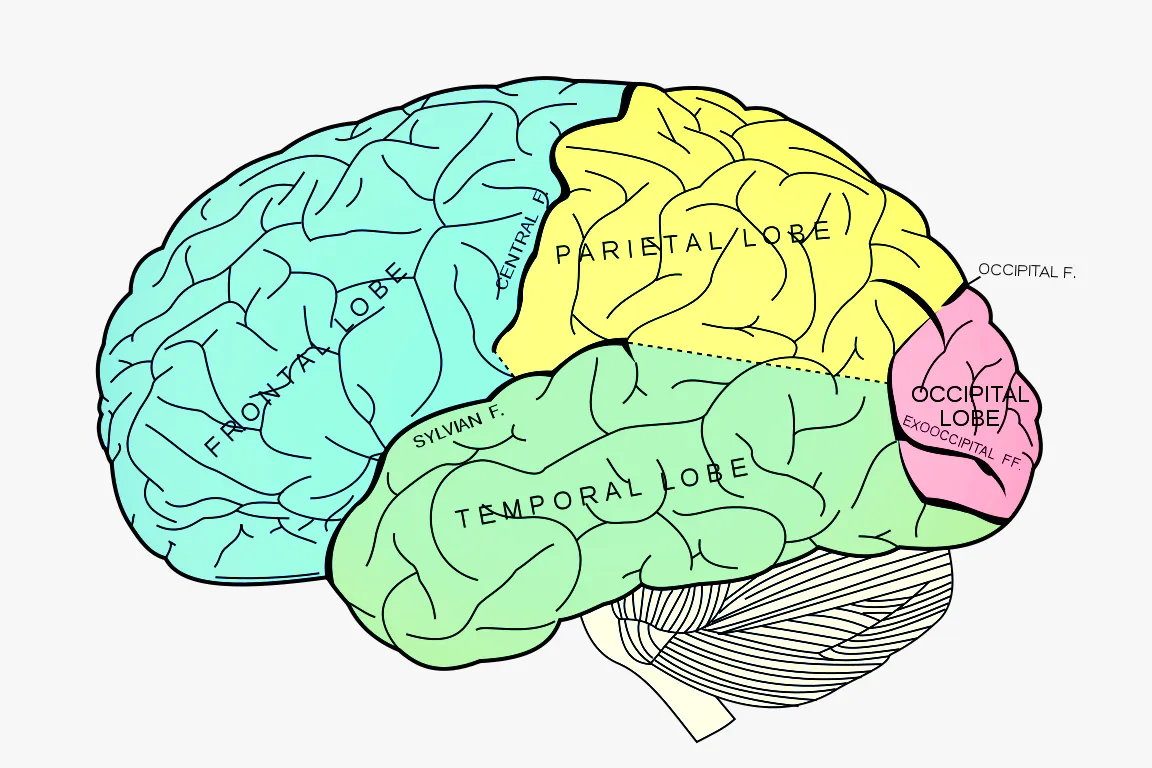Physical Address
304 North Cardinal St.
Dorchester Center, MA 02124
Physical Address
304 North Cardinal St.
Dorchester Center, MA 02124

In November 2013, the Brain Watch blog at WIRED launched with a clear mission: to explore neuroscience with honest curiosity rather than hype. Seventeen months later, the final post arrived—packed with insights about the brain, storytelling, and the unexpected lessons of long-form science communication. WIRED
Take the enduring myth that humans only use 10% of their brains—despite widespread debunking, it still generated passionate backlash. One Yale neuroscience grad student responded with “You … should feel ashamed…”—a needless emotional blow that underscored how stubborn misconceptions can be. WIRED+1
Neuroscience resists neat, digestible narratives. For example, chess masters showed shrunken grey matter in certain brain areas—an unexpected finding that defied common assumptions about “growth = better.” Many papers underscored researchers’ own uncertainty—an essential yet under-acknowledged truth. WIRED+1
Blogging about neuroscience also exposed how often so-called “brain-based” products—apps promising a 400% brain-power boost, cognitive-enhancing drinks, or training systems—relied on vague neuroscientific references rather than rigorous science. The takeaway? Readers deserve scrutiny, not sensationalism. WIRED+1
There’s a hunger to see how neuroscience explains daily experiences—how rejection affects teens’ emotional control or why celebrity gossip feels so satisfying. Posts covering those topics sparked media attention and broadcast invites. That hunger cuts both ways: it can elevate real insights—but also fuel neuro-realism, where brain scanning is wielded to bolster obvious truths. WIRED+1
Blogging about the brain for over a year wasn’t just a content exercise—it was an exercise in humility, clarity, and responsibility. It highlighted that:
If you’re writing (or consuming) science stories—especially about the mind—remember to parse hype from insight. Embrace complexity. View neuroscience as a lens, not a buzzword. Most importantly, give myths the spotlight they don’t deserve and let evidence do the talking.
Would you like help adapting these reflections into a Twitter thread, editorial, or even your own blog launch? I’m ready when you are.